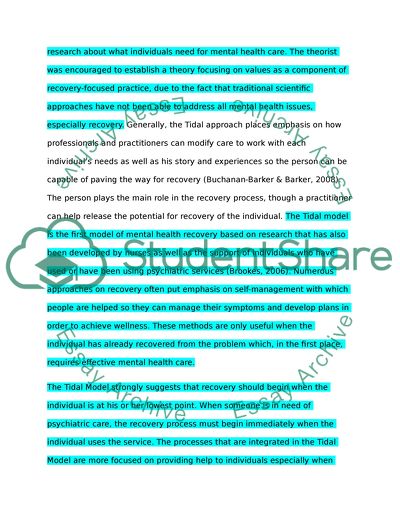Cite this document
(“Middle-Range Theory Application Assignment Research Paper”, n.d.)
Retrieved from https://studentshare.org/miscellaneous/1567797-middle-range-theory-application-assignment
Retrieved from https://studentshare.org/miscellaneous/1567797-middle-range-theory-application-assignment
(Middle-Range Theory Application Assignment Research Paper)
https://studentshare.org/miscellaneous/1567797-middle-range-theory-application-assignment.
https://studentshare.org/miscellaneous/1567797-middle-range-theory-application-assignment.
“Middle-Range Theory Application Assignment Research Paper”, n.d. https://studentshare.org/miscellaneous/1567797-middle-range-theory-application-assignment.


